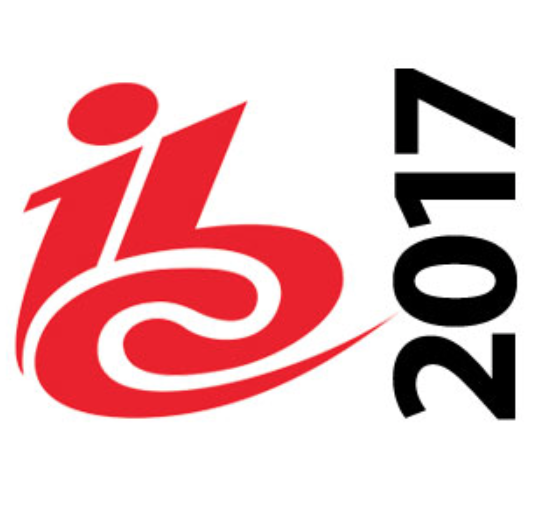
To get the most out of my annual pilgrimage to Amsterdam, I’ve sat down and had think about the big questions I don't believe we have answers on in late 2017.
I came up with 10, which only represent what I've been working on not necessarily the complete picture. Clearly we need to take ourselves less seriously sometimes. I for one would never trust an expert who has straightforward answers to all these questions, because the honest truth is that we don't know.
From new to old topics:
1. What will mainstream HDR look like in 2018?
In 2017, demos have reassuringly showed that formats are interoperable. If HLG, the broadcaster’s favorited and HDR10, promoted by the Blu-ray people, seem to already have started carving out their niches, but what of DolbyVision or Samsung’s HDR+?
2. What do skinny bundles mean in Europe?
As consumers force skinny bundles into the market, the monthly TV bill over $100, that defined the US market for decades, looks like soon becoming something of the past. But as margins here in Europe are already wafer thin, I don’t see what our usual mimicry of the US can entail. IPTV operators have long offered 3-15€ niche content bundles and their fat bundles cost only 15€ to 30€. Perhaps we were already there before the US for once?
3. Beyond early trials, what is the next-gen audio market shaping into?
Dolby Atmos was trialled live during the French rugby final (2015 season) and DTS:X too has hit the headlines many times. VoD stores are beginning to carry titles. Immersive audio is a key ingredient for a premium UHD TV experience.
But even early adopters are confused: are these services just bringing a vertical component to the sound field or is object-based sound already here?
4. Are personal assistants coming to the TV too?
Siri is a household name and Amazon Echo has become a buzz-word for over a year in our industry. Most operators are looking at how to integrate some sort of PA feature into their TV ecosystem. It’s not yet fully clear to me whether the key disruptor here is the cloud-based AI that understands and answers your questions or the use of voice or maybe both.
5. When will VR360 be ready to cross the chasm?
The lasting impact VR has already had on the gaming market is proof enough that VR won’t follow 3D’s track record. I’ll be looking for demos that show how operators can cost-effectively deliver VR360 streams and try to understand what resolution / latency will deliver a “good enough” experience.
6. When will OTT become regular TV and non-OTT be non-regular TV?
Millennials that have their own homes generally don’t have pay-TV but do pay for Netflix (or use their parent’s subscription). Yet as an industry, we still talk about OTT services as if they were the exception or something temporary. The first IBC booth with signage that shows OTT as the norm should win a prize!
7. Is IoT now a part of the TV ecosystem or is that still hype?
Home automation has been around for decades. All the right parts of the puzzle have been in place for a while now, yet the home IoT market is still searching for itself. I am an IoT enthusiast. I plan to equip my new home when I move next month (connected lights and all), but I’ll be looking for some compelling evidence at IBC to show why 2018 will see IoT take-off around the TV, because it could have in 2017.
8. Is cloud encoding the mainstream way to go now?
Cloud infrastructure makes common sense for many applications. A few years ago, I experienced first-hand the disconnect between what the encoding industry was briefing analyst with (i.e. the cloud and nothing but the cloud) and actual sales activities (boxes and nothing but boxes). The acquisition a few years ago of Elemental by Amazon could have been interpreted either as the latter merely needing more services to justify its massive infrastructure or as another genius move by Bezos. Is encoding and the cloud a marriage made in heaven?
9. Is targeted advertising ready at last on the TV?
Targeted advertising was supposed to take the industry by storm many times since the nineties. There are reasons to look again though. Big data is no longer a trendy buzzword because it has happened. We may be reaching the tipping point, but the wait has been so long that it looks like it’s too late to save the traditional TV business model.
10. Are we any closer yet to the long-predicted death of the STB?
Opinion on this thorny issue is constantly shifting, but current consensus seems to be that despite the cloud taking away some STB functionality, some kind of device with storage and processing power will still be needed in the home and on the go, at least for the next decade. Many doubt it’ll still be called an STB and some suggest it’ll turn into a mere feature-set of what the smartphone will morph into. In the meantime, as we plan its demise, manufacturers are producing as many STBs as ever.

You must log in to post a comment.